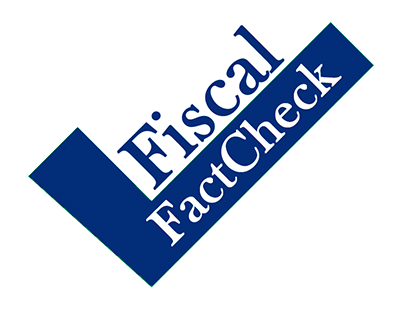Do Retroactive Tax Cuts Do Much to Boost Economic Growth?
As talk of tax reform heats up, some are calling for tax cuts to be made retroactive. An article in The Hill reports that Representative Mark Meadows (R-NC) supports making tax cuts retroactive to the start of 2017, while former House Speaker Newt Gingrich (R-GA) and former Best Buy CEO Brad Anderson penned an op-ed supporting the idea and stating that "by 2018, the tax cuts will have spurred economic growth and wage increases." However, making tax cuts retroactive would be a costly move that wouldn't boost long-term economic growth.
Short-term economic growth is driven by different factors than long-term growth, as we explained in How Fast Can America Grow?. Short-term growth can be boosted by stimulus like tax cuts putting money in people's pockets, but long-term growth is driven by the growth of labor and capital in the economy, as well as productivity.
Tax reform is one of the policies with the biggest growth potential, along with immigration reform that increases the number of workers. It could increase labor force, capital, and productivity growth by reducing marginal tax rates on labor and investment, in addition to reducing distortions between different types of investment. However, retroactive tax cuts make little sense from this perspective: they only change incentives for economic activity that has already happened.
Retroactive tax cuts can only boost growth through stimulus by providing a payment for income that has already been earned. Gingrich and Anderson do seem to support retroactive tax cuts simply for this purpose – putting money in people's pockets.
There is some precedent for retroactive tax cuts as stimulus. The 2001 tax cut reduced the bottom marginal tax rate from 15 percent to 10 percent, retroactive to the start of 2001 (the law passed in June). To further speed up the distribution of that rate cut, households were given a flat rebate that year as a substitute for the rate cut.
However, there is a key difference: the economy had entered a recession in 2001, and a rebate could boost demand. Today, the economy is much closer to potential. The Congressional Budget Office estimates an output gap of 0.1 percent of Gross Domestic Product (GDP) that is expected to close next year, and the Federal Reserve has been raising interest rates in anticipation of reaching full employment. Significant stimulus would likely just lead to the Fed's decision to raise interest rates faster, offsetting much of the short-term effect.
In addition to the fact that they would do little to boost growth, retroactive tax cuts could come with a large price tag. As an example, the Tax Policy Center estimates that various versions of the President's tax cut proposals could cost between $150 billion and $340 billion in the first year. If tax reform is passed at the end of the year but backdated to start in January, that's a cost of hundreds of billions of dollars that has no effect on future economy activity. Avoiding retroactive tax cuts would make the package cheaper and easier to make revenue-neutral.
Ultimately, tax reform is about trade-offs. Retroactive tax cuts can be very expensive and produce little to no change in long-term economic growth. 


